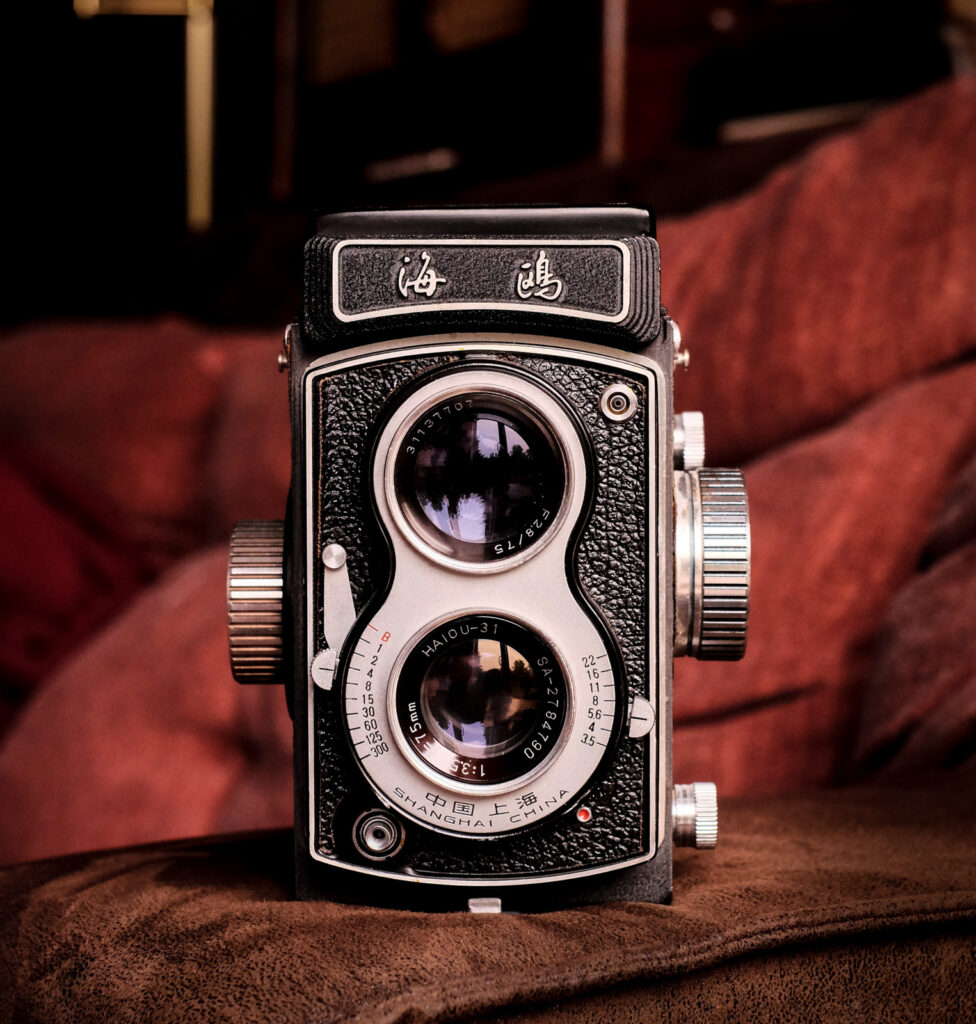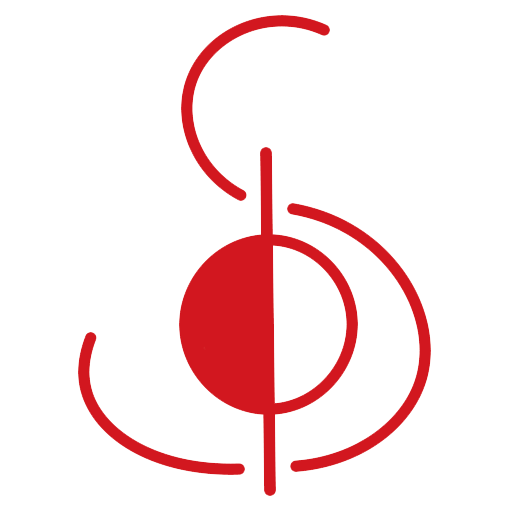1 Introduction
I am Ottawa Wedding Photographer, Sara. I am passionate about photography and love it when others want to learn how to take photos. With the following workshop guide, no prior photography knowledge is needed. Grab whatever camera you have around, be it on your phone, an old digital thing, or a fancy SLR and we’ll go through some steps together and surprise you with what you can make.
2 Know Your Tool
I believe that with imagination and the right skills, anyone can make some-Thing beautiful out of any Thing. The same goes for photographic equipment – one does not need the latest gear or even a reasonably good quality camera to take a photograph that one may deem to be a success.
We all come with some understanding of the physical world around us, so I think that is enough, to begin with to start making (taking) photos. My first rule then, is to Know Your Tool. Just like each of us has good qualities, so does every camera. Our goal then is to bring out the positive aspects of our camera and make the most of what we have. Also, each of us as individuals has weaknesses so we also need to recognize these in our photographic equipment and know whether we can work on them or work around them.
All too often people dismiss their equipment because they don’t understand what it can and can’t do. Many people also take what might be considered as ‘bad’ photos for the same reason.
So our first task then is to experiment with your tool to see its limitations and learn better what it is capable of. Below is an initial checklist you can go through to understand some of the basic functions of your camera:

- How close can you focus on your image before it becomes blurry?
- What size are the digital files that come out of your camera?
- How quickly does your camera take the photo after you’ve pressed the shutter button?
- What maximum Aperture does your lens have? Or How much light can it let in?
- What special features do you know your camera has?
- Can you zoom in and out on your subject?
- Do you have a flash and can you turn/take it off?
- Can you make any manual adjustments?
3 Experiment #1 – Perspective
Try shooting your subject from different perspectives. Go as close as you can, shoot wide and mid shots. Shot from a low and high angle…etc. This will help you discover the subject and also your tool. You can see how your camera reacts at different extremes and learn its limitations.
4 Experiment #2 – Artificial Light
Use your hand or different materials to cover, diffuse, redirect and generally alter the light coming from your on-camera flash.
Painting with light: In a darkened space or during the night, use a torch to draw light shapes or illuminate your subject. You could also try taping a whole lot of torches together and experimenting with other lamps and candles.
5 Experiment #3 – Movement
Move yourself or the camera while taking a photo. You could try putting the camera on a moving object or attaching it to something to get a calculated trajectory, i.e. attach it to a string and swing in a circle (be careful to securely fasten your camera). You could also sit yourself on a swing or shoot out of a moving car. Or shoot moving objects – experiment with patterns, lines, and colours that are created.
6 Experiment #4 – Develop Your Visual Language
My favourite thing about photography is the possibility to be able to view things around us from a new or unexpected perspective. Choose to photograph something you think won’t be a good subject – challenge your perspective and vision. See what you can find in a place or thing you think has no potential. This task will help you to see other ways to view your subject and develop your visual language.
7 The End Product
Where will your images be displayed? A good photographer will always consider how their images will be seen by others. This will impact the decisions they make while taking the photos. If you know that you will only ever view these images on your phone, then there is no need to consider how to print them A1. If you want to put it on a mug or print a canvas, then these things all need to be considered.
8 About Sara – Ottawa Wedding Photographer
I am a photographer based in Ottawa. Read more about my story here: https://photographersara.ca/about. I studied at the Queensland College of Art, graduating in 2000, and am currently shooting Weddings, Portraits, and various events. See more of my work here: https://photographersara.ca/ and feel free to contact me: sara@photographersara.ca.
